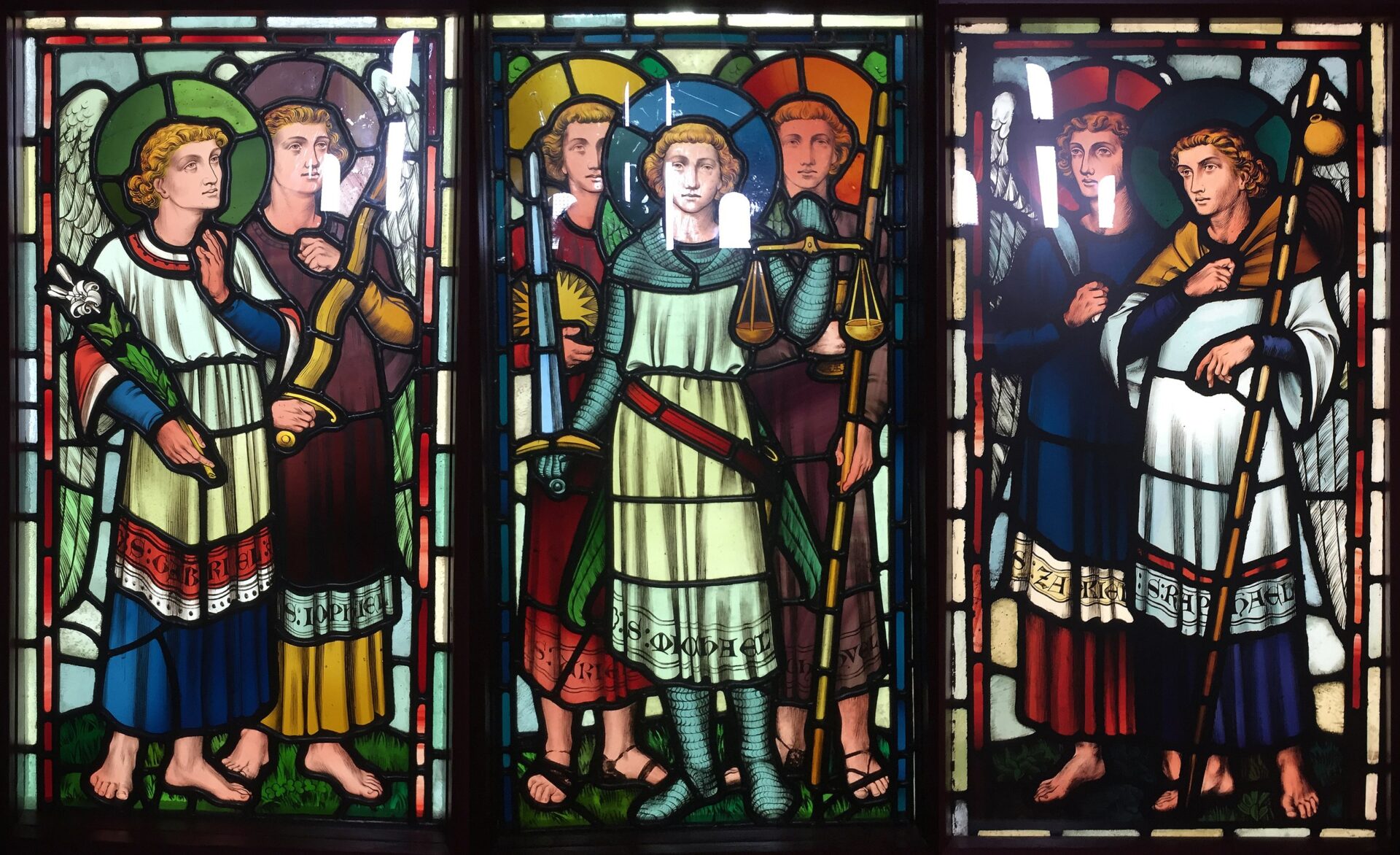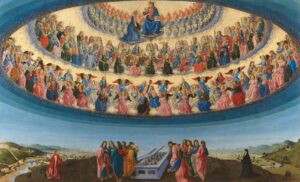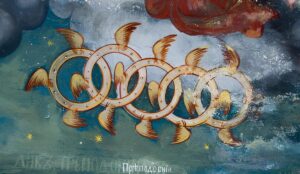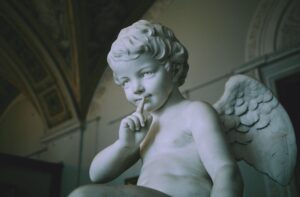Key Takeaways
- Origins of the Seven Archangels: The concept of seven archangels developed through Jewish, Christian, and ancient Near Eastern influences.
- Roles of the Archangels: Each archangel represents distinct virtues, such as Michael’s protection, Gabriel’s revelation, and Raphael’s healing.
- Hierarchical Placement: In Christian angelology, archangels occupy the eighth choir, close to human affairs, symbolizing their mediating role.
- Catholic and Orthodox Veneration: The Latin Catholic Church recognizes three archangels, while Eastern Catholic and Orthodox traditions honor seven or more.
- Interfaith Significance: Archangels like Gabriel and Michael are revered across Abrahamic religions, including Islam.
- Cultural Influence: Archangels appear in literature and pop culture as symbols of courage, justice, and divine guidance, with Paradise Lost leaving a lasting impact.
The figure of the archangel has long fascinated believers, scholars, and artists, serving as a powerful symbol of protection, wisdom, and divine authority across centuries. Among these celestial beings, the Seven Archangels hold a unique position in Christian and Jewish traditions, venerated as divine messengers, healers, warriors, and agents of moral justice. Each archangel represents virtues and powers essential to humanity’s quest for understanding, guidance, and protection. Michael, Gabriel, and Raphael are the most commonly named archangels in the Christian tradition, while figures like Uriel, Selaphiel, Jegudiel, and Barachiel are widely venerated in Eastern Christian traditions, adding depth and diversity to the heavenly hierarchy that has impacted theology, literature, art, and modern spirituality.
The Seven Archangels embody universal themes—protection against evil, the pursuit of wisdom, and the quest for divine guidance. Exploring their historical origins, evolving roles in religious texts, and lasting cultural appeal provides insight into the enduring reverence these figures inspire.
Table of Contents
Origins of the Seven Archangels Concept
The concept of seven prominent archangels developed through the convergence of Jewish apocryphal writings, Christian theology, and influences from ancient Near Eastern cultures. While angels appear frequently throughout the Bible, the notion of a specific group of seven archangels seems to have been shaped primarily by apocryphal literature and cultural exchanges with Babylonian and Persian belie
Early Roots in Jewish Literature
The concept of a select group of seven archangels first emerges in ancient Jewish apocryphal texts, particularly in the Book of Tobit and the Book of Enoch. In Tobit, the archangel Raphael identifies himself as “one of the seven angels who stand and serve before the Glory of the Lord” (Tobit 12:15), signaling an established hierarchy of heavenly beings. The Book of Enoch further explores the identity and roles of these angels, naming figures like Michael, Gabriel, Raphael, and Uriel as divine protectors and overseers of creation. These works were highly influential in Jewish and early Christian thought, popularizing the idea of a structured angelic order centered around seven archangels.
Moreover, the Jewish communities of the Second Temple period, exposed to Babylonian and Persian influences, began to incorporate concepts from Zoroastrianism, particularly the Amesha Spentas—seven divine emanations of Ahura Mazda, the supreme god.Like the archangels, these beings acted as spiritual guardians over aspects of creation, suggesting that intercultural exchange may have shaped Jewish and later Christian beliefs regarding angelic hierarchies.
Development in Early Christianity
The Christian understanding of archangels incorporated these Jewish concepts, yet early Christian writers expanded upon them, establishing a more defined angelic hierarchy. Only Michael and Gabriel are named in the New Testament, but early Christian theologians drew on Jewish sources like Enoch to expand the list. Michael, Gabriel, and Raphael became essential figures in Christian angelology, with Michael’s role as a warrior in Revelation underscoring his prominence.
Theologians like Pseudo-Dionysius formalized these ideas in works such as De Coelesti Hierarchia, where he classified angels into a nine-tiered hierarchy, placing archangels above the choir of angels. Pseudo-Dionysius emphasized the distinct roles of each rank, with archangels as intermediaries between God and humanity. This organized structure portrayed archangels as messengers and protectors who conveyed divine will to the earthly realm.
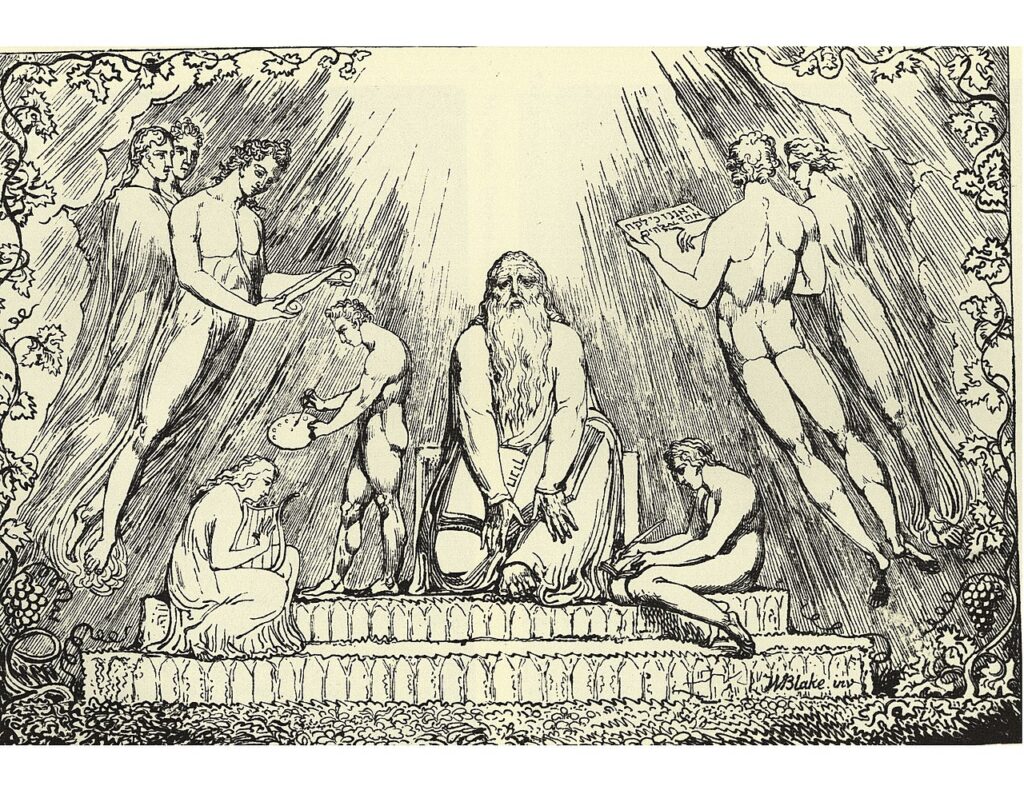
Symbolic and Spiritual Roles of the Seven Archangels
The Seven Archangels each symbolize divine qualities and serve as protectors, healers, and guides within the angelic hierarchy. This list includes the three archangels recognized by the Latin Catholic Church—Michael, Gabriel, and Raphael—plus the additional four archangels most widely venerated in Eastern Catholic and Orthodox Churches: Uriel, Selaphiel, Jegudiel, and Barachiel. Each figure embodies specific attributes and roles, providing spiritual archetypes for those seeking courage, wisdom, and guidance.
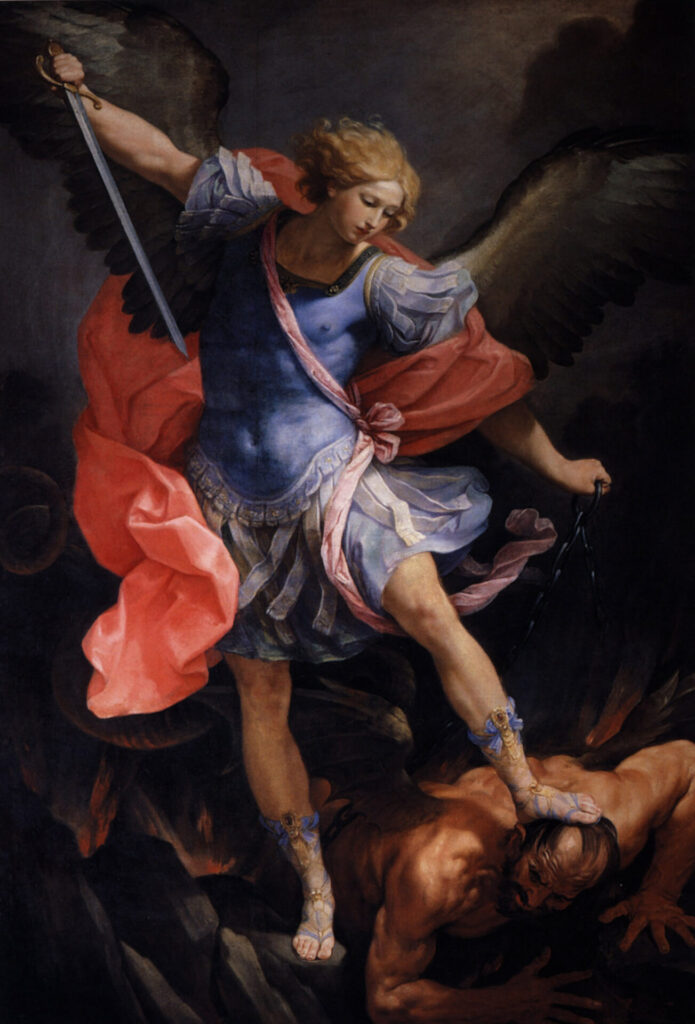
Michael
Michael is often regarded as the foremost archangel, a celestial protector whose name means “Who Is Like God?” In Christian tradition, Michael is depicted as a warrior who defends against evil. In Daniel, he defends Israel, and in Revelation, he leads the battle against Satan. Iconography typically portrays him with armor and a sword, symbolizing his role in overcoming darkness. Michael has long been invoked by those facing spiritual challenges, embodying strength and justice.
Image: “Michael Defeats Satan” by Guido Reni (1630-35). Public domain, via Wikimedia Commons
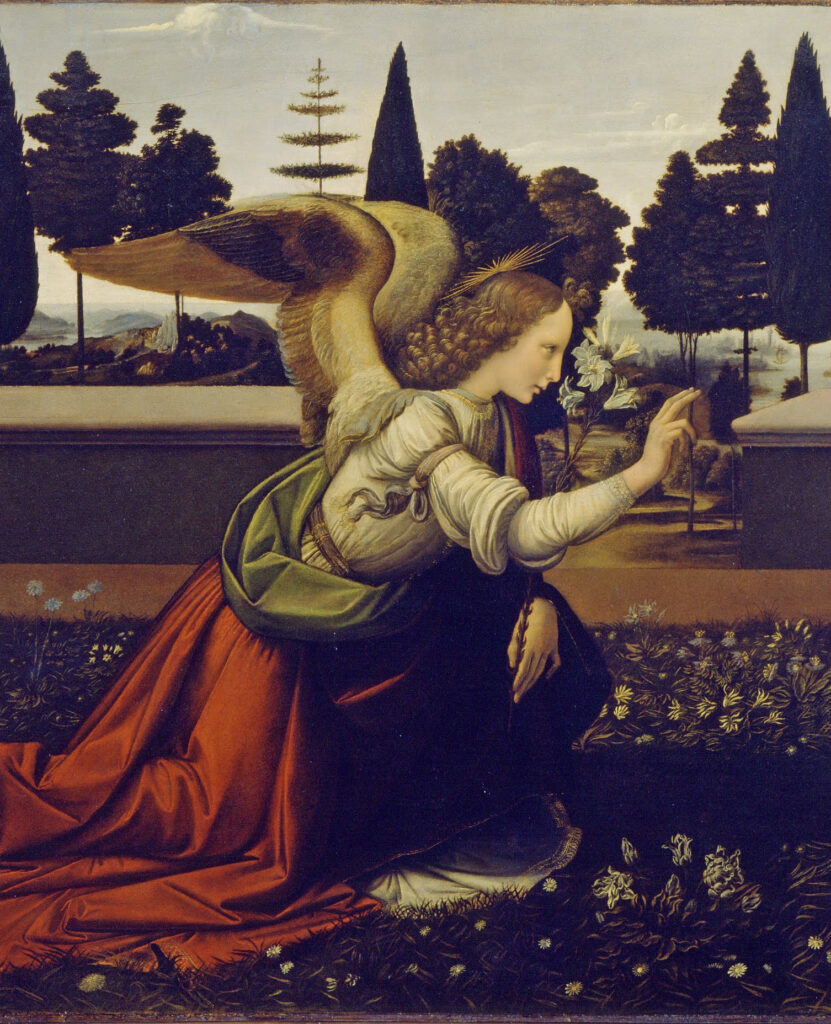
Gabriel
Gabriel, known as “Strength of God,” serves as a divine messenger. His roles in both the Book of Daniel and the New Testament affirm his status as a herald of God’s plans. In Daniel, he interprets visions, and in Luke, he announces Jesus’ birth. Gabriel’s role as a herald is underscored in art, where he is depicted with a trumpet, lily, or scroll. In Islam, Gabriel (Jibril) is also revered as the angel who revealed the Quran to Muhammad.
Image: Detail of Gabriel from the Annunciation by Leonardo da Vinci (1470s), Public domain, via Wikimedia Commons.
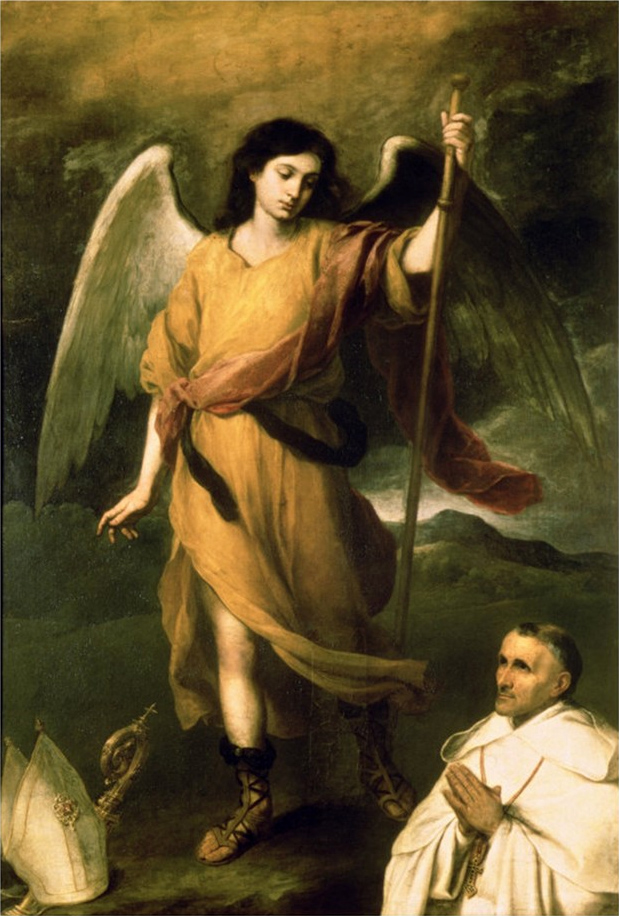
Raphael
Raphael’s name, meaning “God Heals,” signifies his role as a healer and guide. In the Book of Tobit, Raphael aids Tobias, curing his father’s blindness and banishing demonic forces. Depicted with a staff or medicine jar, Raphael is especially revered by travelers, healers, and those seeking comfort in times of illness or journey.
Image: “Archangel Raphael with Bishop Domonte” by Bartolomé Esteban Murillo (17th century), Public domain, via Wikimedia Commons.
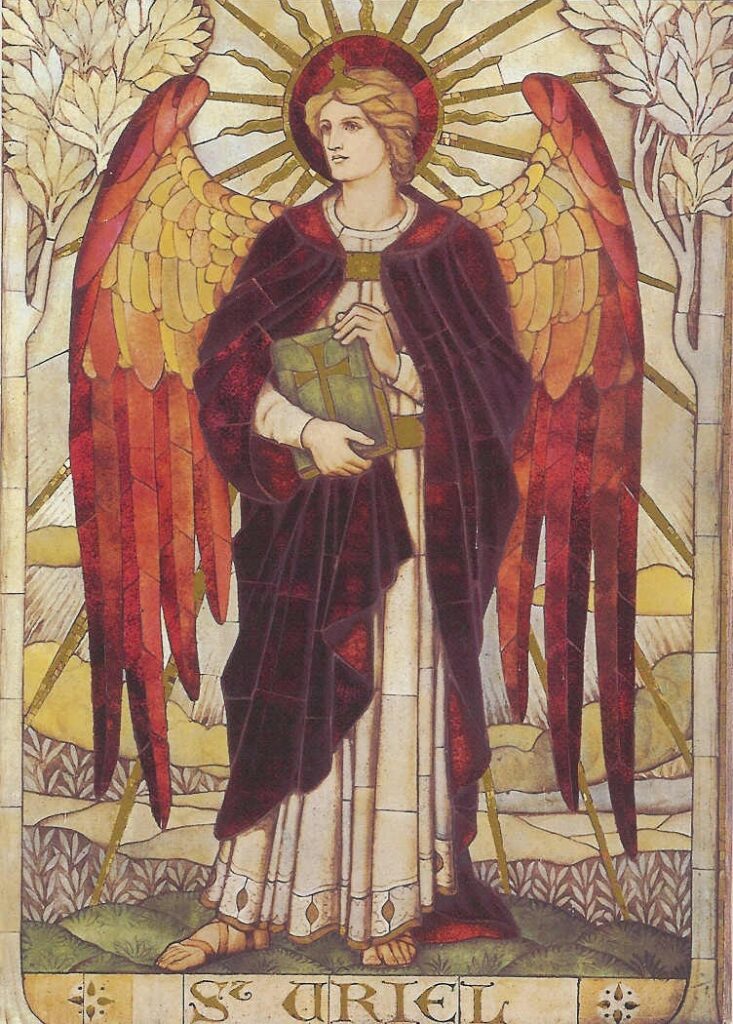
Uriel
Uriel, “God Is My Light,” is often seen as the angel of wisdom and enlightenment. While not mentioned in canonical texts, Uriel appears in apocryphal works like 2 Esdras, where he reveals divine mysteries. Depicted with a flame or scroll, Uriel is honored in Orthodox Christianity for guiding the faithful toward clarity and spiritual insight.
Image: Mosaic of the archangel Uriel in St John’s Church (Warminster, England) by James Powell and Sons of the Whitefriars Foundry (1888). Public domain, via Wikimedia Commons.

Selaphiel
Selaphiel, “Prayer of God,” embodies devotion and piety, encouraging believers to seek a deeper spiritual connection through prayer. Often shown with hands clasped, Selaphiel represents spiritual focus, invoked by those seeking strength in worship.
Image: “Archangel Selaphiel Carrying a Thurible” by Bartolomé Román (17th century). Public domain, via Wikimedia Commons.
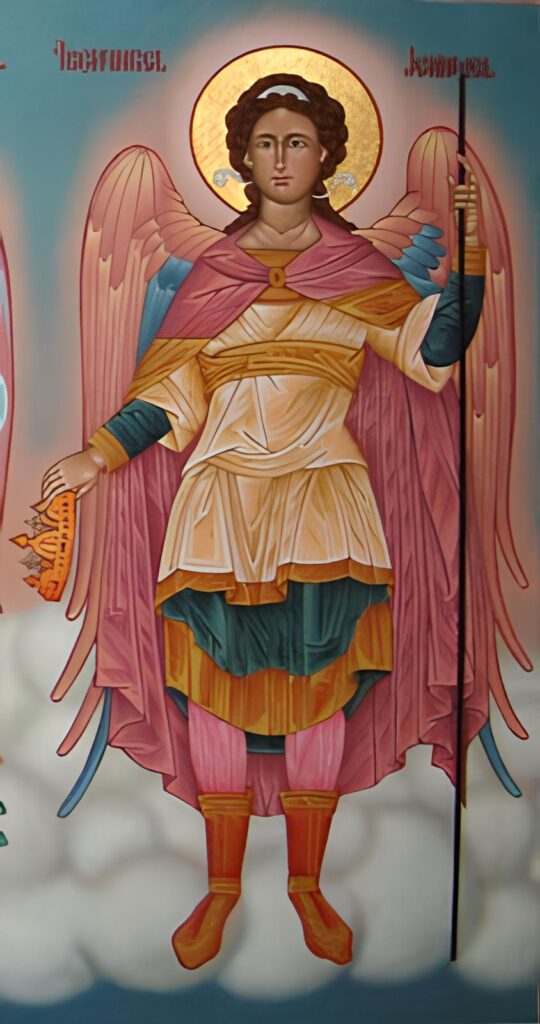
Jegudiel
Jegudiel, “Glorifier of God,” associated with work, perseverance, and reward, symbolizes dedication and service. Frequently depicted with a crown or wreath, he is invoked by those seeking purpose in their work, embodying the rewards of righteous labor.
Image: Icon of the Archangel Jegudiel. Участник:EugeneZ (uploader), Public domain, via Wikimedia Commons.

Barachiel
Barachiel, “Blessed by God,” brings divine favor, particularly to families. Depicted with a rose, he represents grace and protection over households, offering comfort to those seeking blessings for loved ones.
Image: “Archangel Barachiel Scattering Flowers” by Bartolomé Román (17th century). Public domain, via Wikimedia Commons.
Additional Archangels in Apocryphal and Tradition-Based Texts
Beyond the seven archangels most commonly venerated in the Eastern Orthodox and Eastern Catholic traditions, additional archangels appear in apocryphal writings and mystical Christian traditions. Notable archangels in these texts include Raguel, Saraqael, and Remiel, each associated with unique roles in the divine order:
- Raguel – “Friend of God,” known as an enforcer of divine justice, ensuring harmony among the other angels. His role as a mediator aligns him with themes of justice and balance, making him a guardian of truth and fairness.
- Saraqael (or Sariel) – “Command of God,” is connected with judgment and repentance. In apocryphal texts, he oversees the spirits of sinners, representing accountability and divine correction. Saraqael is revered in mystical traditions as a guide for those seeking moral rectitude.
- Remiel, sometimes referred to as Jeremiel, is described in apocryphal works as an angel who comforts souls in the afterlife. His role emphasizes mercy and compassion, resonating with the Christian belief in God’s promise of hope and comfort for the faithful who seek forgiveness.
Other archangels sometimes honored in mystical or cultural traditions include Chamuel, Jophiel, and Zadkiel:
- Chamuel (also known as Camael) is associated with love and compassion, helping believers find peace and harmony in relationships.
- Jophiel embodies wisdom and beauty, inspiring clarity, insight, and an appreciation for life’s deeper truths.
- Zadkiel is the angel of mercy and forgiveness, invoked by those seeking inner peace and release from past grievances.
These additional archangels are not universally acknowledged across Christian denominations but enrich the diversity of angelic veneration. Their roles offer deeper insights into the values embodied within the angelic hierarchy, illustrating how these figures serve various divine purposes, from promoting justice to inspiring compassion and wisdom.
Veneration Across Christian Traditions
The veneration of archangels varies among Christian denominations, with some traditions honoring only three archangels while others incorporate a broader set. These differences reflect historical developments and theological perspectives that shaped angelic devotion.
Catholicism: Focusing on Michael, Gabriel, and Raphael
The Latin Catholic Church officially recognizes only Michael, Gabriel, and Raphael, celebrating them on September 29. Though medieval devotion included additional archangels, the Latin Church restricted veneration to these three to prevent superstition. In contrast, Eastern Catholic Churches venerate a broader set of seven, aligning with Eastern Orthodox practices.
Eastern Orthodoxy: Embracing a Larger Set of Archangels
Eastern Orthodox and Oriental Orthodox Churches recognize seven or more archangels, celebrated on November 8 in the Synaxis of the Archangel Michael and the Other Bodiless Powers. This tradition emphasizes the active roles of archangels as protectors and guides.
Protestantism: Minimalist Approach to Angels
Protestant denominations, focusing primarily on Michael and Gabriel, often regard angels as symbols of God’s care. Veneration is rare, though Michaelmas is celebrated in some Anglican and Lutheran communities.

Influence in Popular Culture and Modern Spirituality
The Seven Archangels have transcended religious boundaries, inspiring works in literature, film, and New Age spirituality. Figures like Michael and Gabriel are often depicted as heroic defenders, embodying themes of justice, courage, and protection. In John Milton’s Paradise Lost, Michael and Gabriel are portrayed as powerful warriors in the struggle between good and evil, shaping Western perceptions of angels as complex figures with immense loyalty and strength.
In popular culture, archangels appear in various roles, often as protectors and guides, reflecting broader spiritual interests. Their modern representations showcase their adaptability as symbols of resilience, wisdom, and the eternal struggle between light and darkness.
Conclusion
The Seven Archangels embody timeless virtues of protection, wisdom, and mercy, bridging the human and divine realms. Whether revered in traditional Christian contexts or embraced in modern spirituality, these figures resonate as symbols of hope and courage, reminding us that even in uncertainty, divine presence remains.

